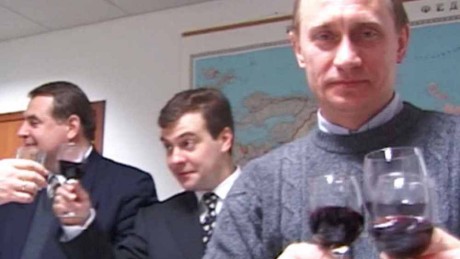


Israel: The “Loyalty in Culture” bill

… a major threat for freedom, a major threat for cinema
Is the headline for at text I received from filmmaker Avi Mograbi, who wants readers/filmmakers outside Israel to know about a proposal put forward by the Minister of Culture in Israel. If you want to sign – like the filmakers above do – a protest, please contact Avi Mograbi (mograbi@netvision.net.il) or French Jean-Michel Frodon (jmfrodon@gmail.com). Photo from Mograbi’s film “Between Fences”. Here is the text:
In the last twenty years, Israeli cinema has been thriving. This boom did not happen by chance. The Film Law (1999), which infused the film funds with unprecedented public funding, was instrumental to this flourishing. Similarly, numerous co-production agreements signed with various European and North American countries injected quite a lot of money into Israeli productions and helped raise the production values of Israeli films. Another important factor in this blossoming is openness. Many Israeli films have dealt openly with sensitive social and political issues from a critical perspective. The openness testifies for a healthy and strong growing cinematic culture.
But now, the government of Israel is in the process of amending the Culture and Arts Law (2002) with a “Loyalty in Culture” bill. The Minister of Culture will have the right to cut the budgets of bodies supported by the Ministry of Culture should they in turn support works that:
1) Deny the existence of the State of Israel as a Jewish and democratic state;
2) Incite to racism, violence and terrorism;
3) Support armed struggle or a terrorist act by an enemy state or by a terrorist organization against the State of Israel;
4) Mark the Day of Independence or the day of the state’s establishment as a day of mourning;
5) Engage in an act of deprivation or physical degradation that desecrates the national flag or the national emblem.
Last year, one of the largest film funds in Israel already introduced a “loyalty clause” to its contract with producers, in which the producer must undertake that his/her film will not violate one of the five clauses specified in the amendment and assign him/her exclusive responsibility should s/he fail to comply with the agreement. This is likely how all the contracts of all of the publicly supported film funds in Israel will look once the bill is passed.
Cinema should not incite to violence, racism or terrorism. But there are already as many laws as necessary to deal with this. Why should it not be possible to openly debate substantive issues such as Israel’s definition as a “Jewish and democratic state”? This is certainly a legitimate topic for public discussion, and the prohibition of such debate is a serious violation of the freedom of expression. Twenty percent of Israel’s citizens are Palestinians for whom the day of the establishment of the state of Israel is perceived as a “Nakba” (catastrophe): this reality is part and parcel of their national identity and personal history. How can a state ban a fifth of its citizenry from dealing with their collective wounds? This is an egregious violation of the freedom of expression of the Palestinian citizens of Israel, but also of the non-Palestinian citizens of Israel, i.e. the state’s Jewish population, since this is their history also.
Back to co-productions: if an Israeli producer signs a contract that includes the loyalty clause, or is governed by the “Loyalty in Culture” bill once passed, these would be binding on the foreign producer too.
A European or North American broadcaster who participates in the production of an Israeli film that receives support from a publicly funded Israeli film fund will necessarily be conceding to the restricted freedom of expression undertaken by the Israeli producer.
Israeli cinema is at a crossroads and its future is uncertain at best and bleak at worst. We call upon the government of Israel to re-consider the said amendment. The freedom of expression exercised by Israeli filmmakers has earned them much appreciation and respect, and culminated in an impressive body of cinematic work. This ought to be a source of pride for the State of Israel.
We, filmmakers, artists, democrats, citizens, firmly assess that the Israeli government must not infringe upon this basic freedom, nor violate this basic right, which is necessary for any cultural production — as well as a basic condition for democracy.
Undersigned
Samuel Maoz,
Ari Folman,
Nadav Lapid,
Keren Yedaya,
Michal Aviad,
Ra’anan Alexandrowicz,
Osnat Trabelsi,
Guy Davidi,
Eitan Fox,
Tomer Hyman,
Barak Hyman,
Hilla Medalia,
Tom Shoval,
Naomi Lev-Ari,
Hagar Ben Asher,
David Ofek,
Joseph Cedar,
Liran Atzmor,
gal Uchovsky,
Venessa Lapa,
Sa’ar Yogev,
Limor Pinhasov,
Marek Rosenbaum,
Avi Mograbi
**
Read what le monde has written about the proposed bill:









